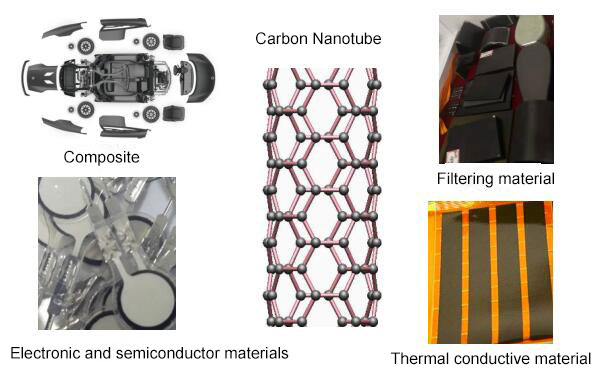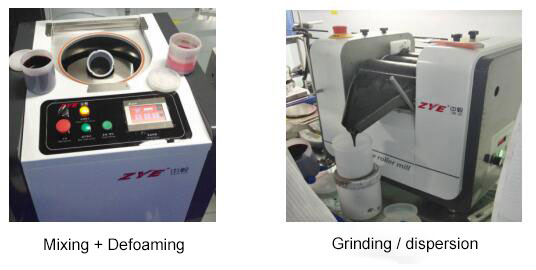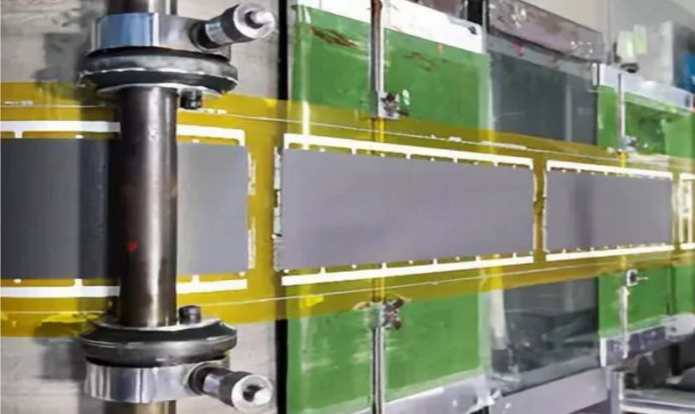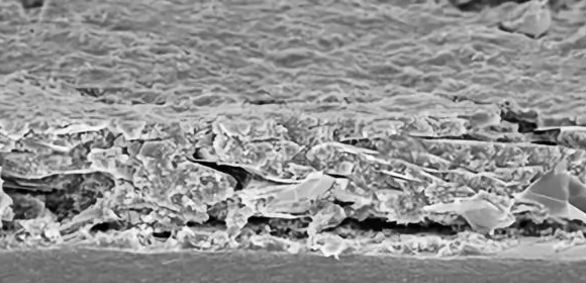Application of grinding and dispersing technology of carbon nanotubes
Carbon nanotubes (CNTs) is a new type of graphite material. It is a cylindrical structure formed by the curling of graphite sheet. Its diameter range is generally from one nanometer to several hundred nanometers. Its main applications are as follows:

Agglomeration and dispersion problem: although carbon nanotubes have excellent physical properties, the mixing of carbon nanotubes and other materials' matrix becomes a challenge due to the existence of aggregates and the surface chemical properties of carbon.
Recommended process route: in order to make full use of the properties of a single carbon nanotube, it is necessary to evenly disperse the carbon nanotube in the target matrix material, and use physical methods such as mixing, grinding and dispersion to effectively disperse the carbon nanotube in the matrix.

Application case: carbon conductive slurry, with high-quality carbon nanotubes as the key functional filler, water-based high-function environmental friendly resin as the matrix, pure water as the solvent, and appropriate proportion of imported carbon black as the auxiliary material, using the mixed defoaming technology from ZYE Mixer and three-Roll Mill (high-efficiency dispersion), the slurry is uniform and stable, so as to produce an excellent electric heating performance Or conductive film for shielding.

Through this process, we can ensure the stability of product quality and excellent performance, without adding any metal conductive filler, under the premise of ensuring adhesion, the square resistance is as low as 6.5 Ω @ 25.4um.




